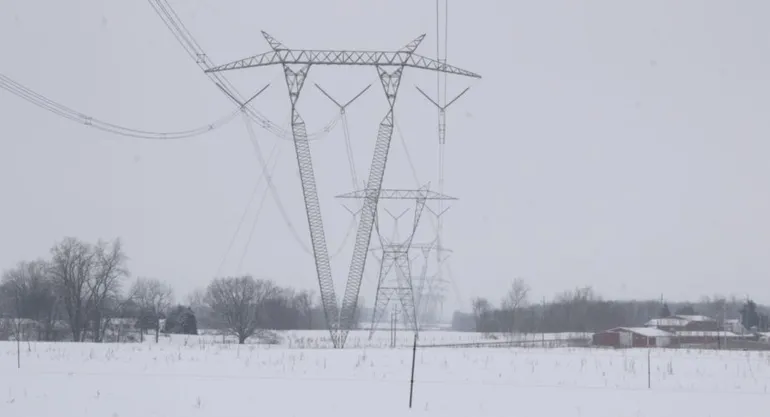The National Governors Association will press Congress this year to pass permitting reform legislation, the group said Friday.
“Permitting reform is one of those issues where both Republicans and Democrats recognize the problem, we largely agree on solutions, and Congress gets close year after year to doing something,” NGA Vice Chair Oklahoma Gov. Kevin Stitt, R, said in a press release. “But somehow it just never crosses the finish line.”
The NGA launched a working group to explore issues surrounding permitting reform, infrastructure acceleration and energy resilience, with a focus on the National Environmental Policy Act, judicial review and transmission siting, the group said. Stitt and Pennsylvania Gov. Josh Shapiro, D, will co-chair the working group.
Governors will also focus on making sure the federal government meets its already committed obligations for federally funded projects in states, territories and commonwealths, the NGA said Saturday.
“State input is key to avoid abrupt changes that create uncertainty and adversely impact the countless services we run to support infrastructure, education, health care, economic growth and disaster response in our states,” NGA Chair Colorado Gov. Jared Polis, D, said in a press release.
Federal priorities for the organization include working with Congress on the “most impactful” programs for states and territories in the Infrastructure Investment and Jobs Act and the CHIPS and Science Act, according to the NGA. They also include speeding infrastructure development and securing energy resilience.
The United States must move faster to expand existing power plants and build new generating resources, transmission lines and gas pipelines, Department of Interior Secretary Doug Burgum said at the NGA’s annual meeting.
Burgum contends the U.S. is heading for a “catastrophe” because baseload power plants have been prematurely closed and electric demand is increasing, partly driven by data centers for artificial intelligence. “We’ve just got to get going,” he said.
The U.S. has overincentivized intermittent resources like wind and solar, according to Burgum, noting that wind, solar and energy storage make up about 95% on grid interconnection queues in the country.
On Jan. 20, at 5 a.m. when the PJM Interconnection was hitting a peak load, fossil-fueled generation accounted for 70% of the grid operator’s power supply, followed by nuclear at 22%, wind at 2% and zero solar, Burgum said.

